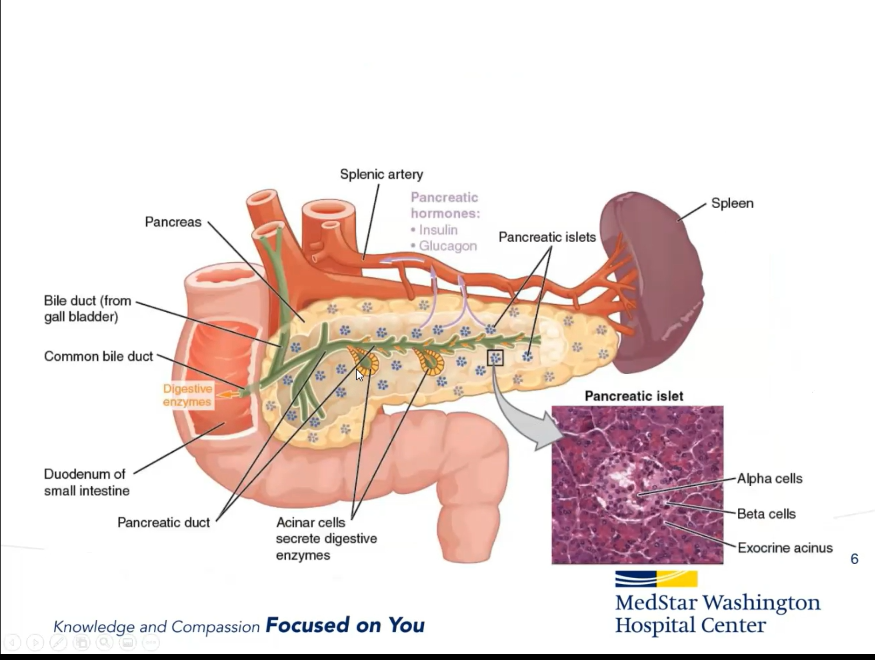[tab_nav type=”two-up”][tab_nav_item title=”Clinical Case” active=”true”][tab_nav_item title=”Answer” active=””][/tab_nav][tabs][tab active=”true”]
As discussed earlier during ECMOvember on MarylandCCProject, Extracorporeal Membrane Oxygenation will provide necessary oxygenation and perfusion in critically ill patients with diseases of the heart and lung. In the subset of patients with the Acute Respiratory Distress Syndrome (ARDS) who necessitate ECMO, mechanical ventilation strategies can be institution specific, and there is no clear optimal ventilation strategy. Two cases below highlight these differences.
Case Presentations:
A 36 year-old man in a diving class was completing training to advance his SCUBA certification. While at 90 meters he had an equipment malfunction and began a rapid ascent without his instructor. At the water’s surface the man was found to be unconscious and without a pulse. ACLS was performed, he was taken to the nearest Emergency Department where he obtained ROSC soon after intubation. He was transferred to a center with hyperbaric oxygen (HBO) capabilities for presumed arterial gas embolism (AGE). A CT scan of the lungs showed widespread consolidation in a dependent pattern consistent with ARDS. On 100% FiO2 the patient was saturating 80%, and recruitment maneuvers were unable to improve oxygenation so the patient was unable to tolerate HBO and was instead placed on V-V ECMO. He remained intubated and was ventilated with Airway Pressure Release Ventilation (APRV) with a Phigh of 26 cm H2O and Plow of 0 cm H2O. What was initially thought to be a case of AGE was actually ARDS due to drowning.
A 47 year old-old woman presented to an Emergency Department with complaints of dyspnea, cough, myalgias, and headache. A chest radiograph showed widespread airspace disease so the patient was admitted and started on broad spectrum antibiotics. Blood cultures eventually grew H. parainfluenzae. The patient worsened over the course of 48 hours and was intubated after a trial of noninvasive ventilation. She met criteria for ARDS and was placed on low tidal volume ventilation. She was transferred to a tertiary care center due to high oxygen requirements in spite of maximum ventilator support and neuromuscular blockade. On arrival to the referral center she had a PaO2 of 55 on 100% FiO2 and 15 cm H2O of PEEP. She was placed on V-V ECMO. She remained intubated and was ventilated on a mode of Pressure Control Ventilation (PCV) with a PEEP of 10 cm H2O and PS of 10 cm H2O.
Question: How would you manage these patients’ mechanical ventilation?[/tab]
[tab]
Ventilation Strategies in ECMO
The ideal settings for mechanical ventilation for patients with ARDS who require ECMO is not known. A variety of strategies exist which will be presented below. Institution-specific factors should be taken into account when choosing the mode of ventilation in severely ill patients on ECMO.
Pressure Control Ventilation: A Page out of the CESAR trial
Volume Control Ventilation
Airway Pressure Release Ventilation (ARPV)
Where do we go from here?
No one strategy for ventilation in patients with ARDS on ECMO can be recommended at this time. However, using imputed knowledge from the multitude of studies done on mechanical ventilation on ARDS we know that whatever mode is chosen, a focus on preventing high plateau pressures, keeping tidal volume breaths at or below 6 mL/kg, and improved recruitment of dependent lung zones (either by high PEEP or APRV) can be beneficial to promoting lung recovery.
A current study registered at ClinicalTrials.gov entitled Strategies forOptimal Lung Ventilation in ECMO for ARDS: The SOLVE ARDS study may change this dynamic. Meant as a pilot study, this may end up generating more questions than it answers, but it is a step towards figuring out the best way to mechanically ventilate our critically ill ARDS patients while on ECMO.
References
- Peek GJ, Mugford M, Tiruvoipati R, et al. Efficacy and economic assessment of conventional ventilatory support versus extracorporeal membrane oxygenation for severe adult respiratory failure (CESAR): a multicentre randomised controlled trial. Lancet. 2009;374(9698):1351-63.
- EOLIA trial
- SOLVE ARDS trial
[/tab][/tabs]



